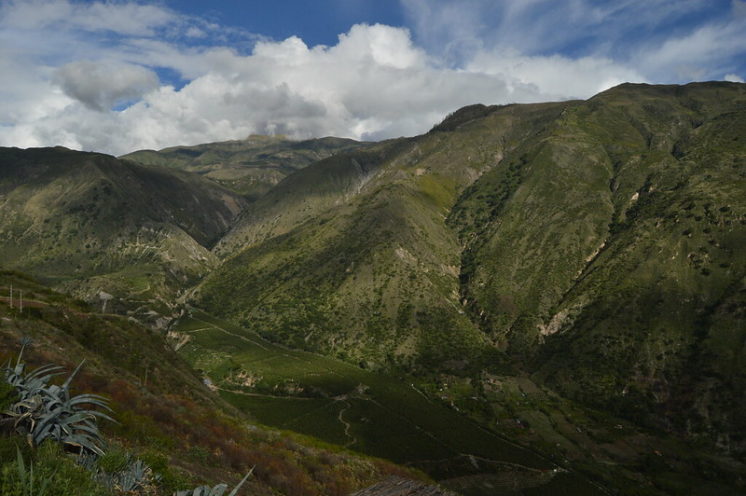The Peruvian company Inversiones La Oroza used fake Forest Stewardship Council (FSC) certificates to export illegally logged timber, showing how companies can abuse certification to help them commit environmental crimes.
 Photo: Lara Danielle / Flickr
Photo: Lara Danielle / FlickrIn September 2015, a shipment of Peruvian timber was blocked in Houston in the US as it was suspected to have been logged illegally. Evaluations of the last few shipments of the cargo ship, named Yacu Kallpa, showed that up to 96 per cent of the timber it transported was of illegal origin.[1]
Inversiones La Oroza (Oroza), a Peruvian company, was selling most of the timber transported by the vessel. Following this discovery, timber from Oroza was banned from entering the US, which led Oroza to sell the following shipment of the Yacu Kallpa to Mexican companies. Most of the wood sold to the Mexican companies also turned out to be illegally logged timber.[2]
Oroza was claiming to be selling sustainable and legal wood by relying on FSC certifications. Oroza was indeed an FSC-certified timber trader (with a chain-of-custody certificate) and it also sold FSC-certified wood products.[3] However, it later turned out that Oroza had manufactured fake wood certificates for the timber it was exporting.
Years after the incident, an Oroza worker admitted in front of a hidden camera that this was still common practice within the company. Hidden cameras caught other Peruvian timber sellers as well, admitting that selling illegal wood as FSC-certified wood was common throughout the Peruvian timber industry.[4] The footage was filmed and shared by the NGO Global Witness.
Following the Yacu Kallpa scandal and its aftermath, the FSC suspended Oroza’s certification in 2017 since the certification can only be held by companies that have never traded illegal wood. However, the company still claims to comply with “the principles and criteria” of the FSC on its website.[5]
[1] Richard Conniff, “Chasing the Illegal Loggers Looting the Amazon Forest,” Wired, October 24, 2019, https://www.wired.com/story/on-the-trail-of-the-amazonian-lumber-thieves/# (accessed December 10, 2019).
[2] Nelly Luna Amancio and Priscilla Hernández, “From south to north: the Amazon timber trafficking trail,” Connectas, https://www.connectas.org/especiales/madera-ilegal/from-south-to-north-the-amazon-timber-trafficking-trail/ (accessed December 10, 2019).
[3] Julia Urrunaga, Andrea Johnson, and I. Dhayneé Orbegozo Sánchez, Moment of Truth: Promise or Peril for the Amazon as Peru Confronts its Illegal Timber Trade (London: Environmental Investigation Agency, 2018), 78., https://content.eia-global.org/assets/2018/02/MoT/MomentofTruth.pdf (accessed December 10, 2019).
[4] Laura Furones, “Undercover footage exposes exporters involved in Peru’s biggest timber scandal,” The Ecologist, November 12, 2017, https://theecologist.org/2017/nov/14/undercover-footage-exposes-exporters-involved-perus-biggest-timber-scandal (accessed December 11, 2019).
[5] Richard Conniff, “Greenwashed Timber: How Sustainable Forest Certification Has Failed,” Yale Environment 360, opinion section, February 20, 2018, https://e360.yale.edu/features/greenwashed-timber-how-sustainable-forest-certification-has-failed (accessed December 10, 2019).
